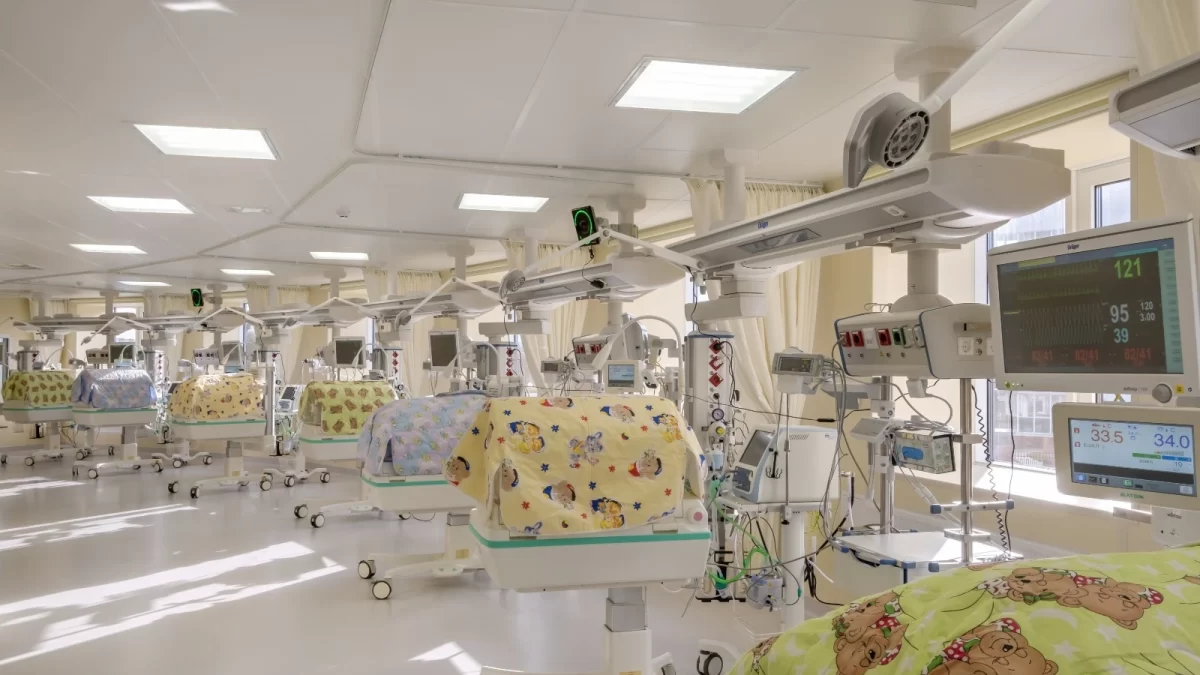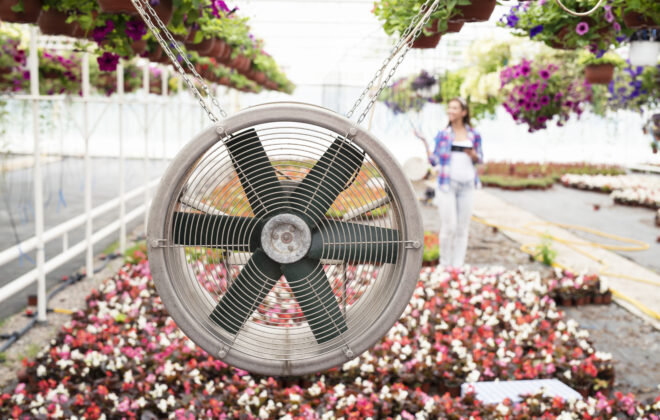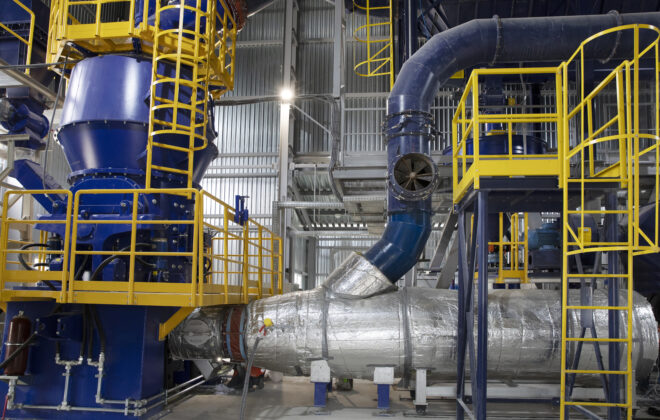5 ways How Industrial Exhaust Fans are used in the Medical Industry
Pharmaceutical and biotechnology companies use Exhaust Fans, industrial fans, blowers, and dust collection devices to contain potentially dangerous wastes while regulating indoor air quality.
What is the purpose of exhaust fans in hospitals?
In hospitals, exhaust fans have various essential roles.
Firstly, they provide initial assistance in removing stale or infected air from patient rooms, treatment areas, and other sections of the hospital facility. This can help reduce airborne pollutants and infections, which is especially essential in environments where patients may have weakened immune systems.
Second, exhaust fans are useful in controlling the hospital’s humidity levels, which can help stop mould formation and mildew formation. High humidity levels can also interfere with the performance of some medical equipment and make the hospital atmosphere uncomfortable for patients, visitors, and staff. Exhaust fans can assist with hospital odour management, which can be especially essential in spaces like restrooms, kitchens, and laundry rooms.
Here are 5 important ways industrial exhaust fans are used in the medical sector:
1. Removing contaminated air:
Contaminated air may contain airborne germs, bacteria, and viruses, making it extremely dangerous for patients and medical personnel. Patients’ rooms, operating rooms, laboratories, and other facility parts may all have these pollutants.
Industrial exhaust fans are used to remove the contaminated air from the plant to stop the spread of harmful contaminants. These fans generate a negative air pressure system that forces contaminated air outside of the construction and out of the space where it is present.
In patient rooms, exhaust fans are often installed in the ceiling or walls and are connected to a ductwork system that leads outside. This allows for the continuous removal of contaminated air. Specialised exhaust systems are installed in operating theatres and laboratories, where the risk of airborne contamination is high.
They are designed to create a laminar airflow that directs contaminants away from the patient and medical staff, towards the exhaust fans, and out of the building.
2. Smoke Extraction:
To save patients and medical staff in the case of a fire, smoke extraction is a crucial safety step in healthcare.
Industrial exhaust fans are used in smoke extraction systems to extract smoke and other dangerous gases from buildings, lowering the risk of fire-related accidents and preventing smoke inhalation. The smoke extraction system is turned on manually or by a fire alarm system in the case of a fire.
Turning on the exhaust fans causes the building to experience negative pressure, which draws smoke and other dangerous gases away from the fire and forces them outside.
3. Odour control:
Maintaining a clean and hygienic environment in medical facilities requires effective odour control. In parts of medical institutions where odours can be particularly potent, including laboratories and waste disposal areas, industrial exhaust fans are frequently used.
Chemicals and other materials used in laboratory studies may produce strong odours that can be offensive or dangerous to breathe. Researchers and other lab personnel can operate in a more secure and enjoyable atmosphere by using industrial exhaust fans to assist in removing unpleasant odours from the lab.
In general, using industrial exhaust fans for odour control in healthcare facilities contributes to maintaining a clean and sanitary atmosphere, which is crucial for the health and well-being of patients, guests, and medical personnel.
These fans help to create a more welcoming and comfortable environment by eliminating undesirable odours, which can also increase the general happiness of patients and visitors.
4. Ventilation in sterilisation areas:
Medical facilities need sterilisation rooms to stop the spread of infections. Before using them on patients, these spaces sterilise medical supplies and equipment.
Steam and other pollutants created during sterilisation may be dangerous to patients and medical personnel if not appropriately regulated. Industrial exhaust fans are employed in sterilisation areas to clear the air of steam and other pollutants.
As a result of the negative air pressure created by these fans in the sterilisation area, pollutants such as steam are drawn away from the equipment and are pushed outside the building.
5. Controlling humidity levels:
It’s essential to control humidity levels in healthcare facilities for several reasons. Patients and medical staff may feel unpleasant in an atmosphere with high humidity. By eliminating extra moisture from the air, industrial exhaust fans are employed in medical facilities to regulate humidity levels.
These fans circulate air inside the building and exhaust it outdoors to operate. Industrial exhaust fans can assist in preventing the development of mould and mildew in these locations by eliminating extra moisture while enhancing the facility’s overall air quality.
Summing up,
Industrial fans and exhaust systems are vital in the medical sector. As highlighted above, using industrial exhaust fans in the medical sector is essential for removing contaminated air, controlling humidity levels, smoke extraction, odour control, and ventilation in sterilisation areas.
Choosing the right industrial fan manufacturer is crucial to ensure the reliability and quality of the equipment. Suppose you are searching for a reliable supplier of industrial fans and blowers in Gujarat, India. In that case, Blowerfab is a trusted and experienced manufacturer offering high-quality ventilation equipment to various industries, like cement, textile, medicine, and many more.
The products are designed to meet industry standards and provide optimal performance, ensuring clean and safe air quality in a medical facility.
Recent Posts
- Solving Ventilation Challenges in the Ceramic Industry with Symbiosis Blowerfab
- Commercial Kitchen Ventilation Systems: A Complete Guide for Restaurants
- 6 Ways Air Washer Systems Enhance Efficiency in Industrial Processes
- 6 Ways to Ensure Adequate Air Ventilation in Battery Manufacturing Industry
- 4 Ways Industrial Blowers and Fans Enhance Efficiency in Automotive Industry




